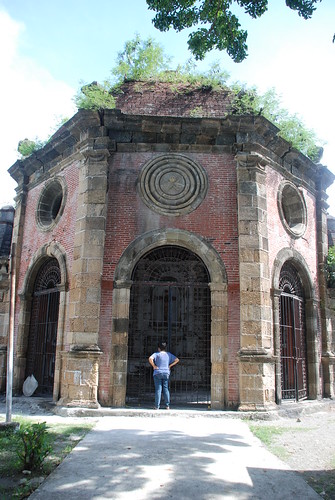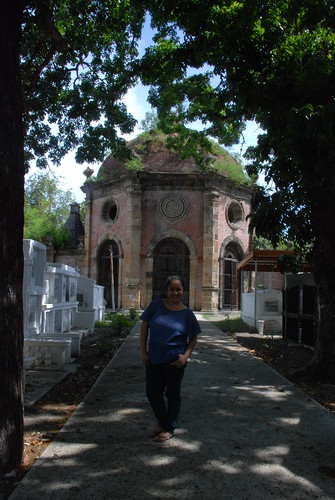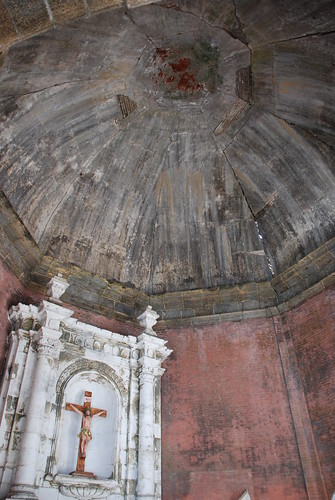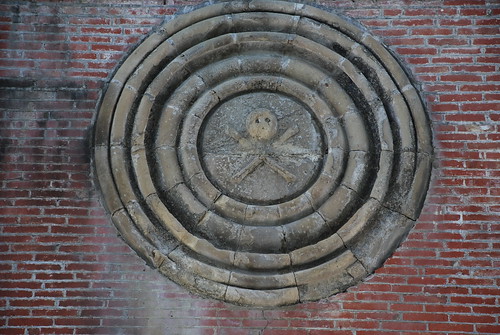Call me morbid but since I was a child, I love visiting cemeteries. It never gave me any creeps and my eyes would shine whenever my mom or anyone in our family would announce that we will be visiting our beloved parted ones as courtesy calls during vacations. I love looking at tombstones, the angels and check those dates of birth and deaths. Same with names, I love them all. I’m not a freak (haha) but I think those were just indications that I’m a history buff by nature. More than 2 decades after, I got a History degree from UP.now working as a freelance writer.
This blog generally covers my travel stories and led a career in travel writing. Along with heritage churches, ancestral homes, my favorite subject matter are cemeteries. And Iloilo is one of the places in the Philippines where these well-preserved burial grounds can be found.
The town of Miag-ao, 40 kilometers south of Iloilo is famous for its Baroque church but one of its off-the-beaten path destinations is their cemetery. And I’m very familiar with this city of the dead. I used to enter and pass this cemetery to reach a Cebuano community who were my respondents for my thesis. I walk alone even during dusk. Frankly, our last visit was very surreal. Yikes! Now, you will think I’m eccentric. haha!
Just look at my smile here…tabi tabi po.
An urban legend has it that a tunnel from the church ( on a hill) leads to this capilla (chapel). Also known as Campo Santo ( Holy Camp), these chapels are the center in any cemetery where last rites for the dead were performed.
The chapel of Miag-ao’s cemetery is greatly influence by the Classical and Romanesque styles. The church is more of lime stones but this structure uses bricks all the way from La Paz, Iloilo ( home of the famous batchoy) and La Castellana, Negros Occidental.
Arched doors and circular windows. It is unique throughout the province with its circular shape including its cone-like dome. Other cemeteries are octagonal.
Since it was built by the Augustinians in 1857, I can’t imagine the struggle in transporting these bricks. It was destroyed during the Second World War so I’m not sure if these bricks on its dome are the original.
Skull over crossed bones are typical motifs but it is inside circular spires which means that death is universal. Brilliant eh?
Old walls of the cemetery ( with a new statue of Christ)

If you are looking for a unique place to visit for your heritage trail in Iloilo, then include this in your itinerary.
Thanks for reading!
Related Articles






3 Comments
Unfortunately, this was destroyed two years later in 2013 by an earthquake.
OH sad to hear this. Thanks for informing me, Kerwin!